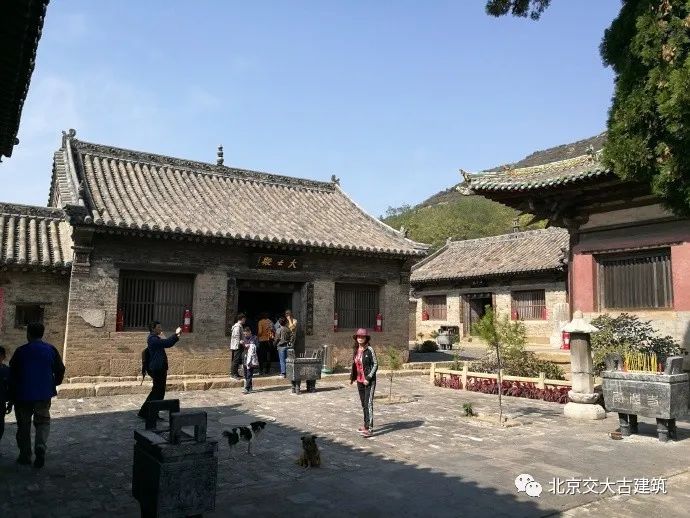In today’s fiercely competitive real estate market, how to reduce project costs, improve project quality and market competitiveness has become the focus of attention for real estate developers. Architectural design optimization, as an important part of the project development process, has a crucial impact on cost control and quality improvement of the project. This article will take the project as an example to explore strategies for architectural design optimization and cost control, aiming to provide useful references for real estate developers..

The project is located in South China, with a total construction area of 30000 square meters and a building height of 80 meters. It has 24 floors above ground and 1 floor underground. This project includes two residential buildings and a commercial podium..

(1) Preserve the characteristics and advantages of the original plan to make the optimized plan more reasonable..
(2) Position according to market demand and continuously meet customer needs..
(3) Establish a platform for interaction and communication among professionals in architecture, structure, and other fields to ensure the overall optimization of the optimized plan..
(4) Adhere to the principles of safety, applicability, and economy, and maintain a reasonable cost and cost..
In this building optimization, the layout of the two residential buildings is the core. In the original plan, the planar design of residential building B was relatively complex, with multiple concave and convex bends, resulting in irregular building space and multiple external grooves, which in turn increased the body shape coefficient and increased the requirements for external wall insulation. At the same time, this design also affects the functional layout of the 1-2 story shops, reducing the efficiency of space utilization. To this end, we have taken the following optimization measures:.
Simplify graphic design: reduce bumps and turns, make the residential floor plan more regular, reduce body shape coefficient, and improve the efficiency of external wall insulation..
Linear layout: Transforming the original zigzag layout into a linear layout and organically combining it with the core tube, making the plane layout more concise and reasonable..
Residential suite integration: orderly integration of residential suite space, aligning vertical and horizontal walls, facilitating structural layout, reducing design difficulty and cost..
Active Facade Image: In order to avoid the stiffness caused by overly regular planes, combined with functional requirements, extend or extend some functional spaces outward appropriately to increase facade changes and a sense of hierarchy..
After interactive optimization of the layout and layout, the layout design has been significantly improved:.
Compact layout: The optimized floor plan layout is more compact, with a reasonable sharing coefficient controlled at around 0.21, reducing space waste and improving utilization efficiency..
Functional improvement: The missing living balcony in the original plan has been added, providing residents with more convenience and leisure space..
Moderate area: The area of the suite building is controlled within a reasonable range, which not only meets market demand but also avoids high costs caused by excessive area..
Organic combination: The combination between different types of apartments is more organic, meeting the requirements of residential layout while also considering the rationality of structural design..
For the 24 story commercial and residential building of this project, a frame supported shear wall structure is traditionally chosen. However, considering cost and commercial functions, we have decided to adopt a pure shear wall structure. This choice ensures that while meeting the actual functional requirements of the two-story above ground shops in Hongjing Sunshine Building, the practicality of the shops is not sacrificed. Especially for the different needs of supermarkets or hotels, we have carefully designed the second floor for adaptability. Even if the upper shear wall penetrates the lower shop, we.



